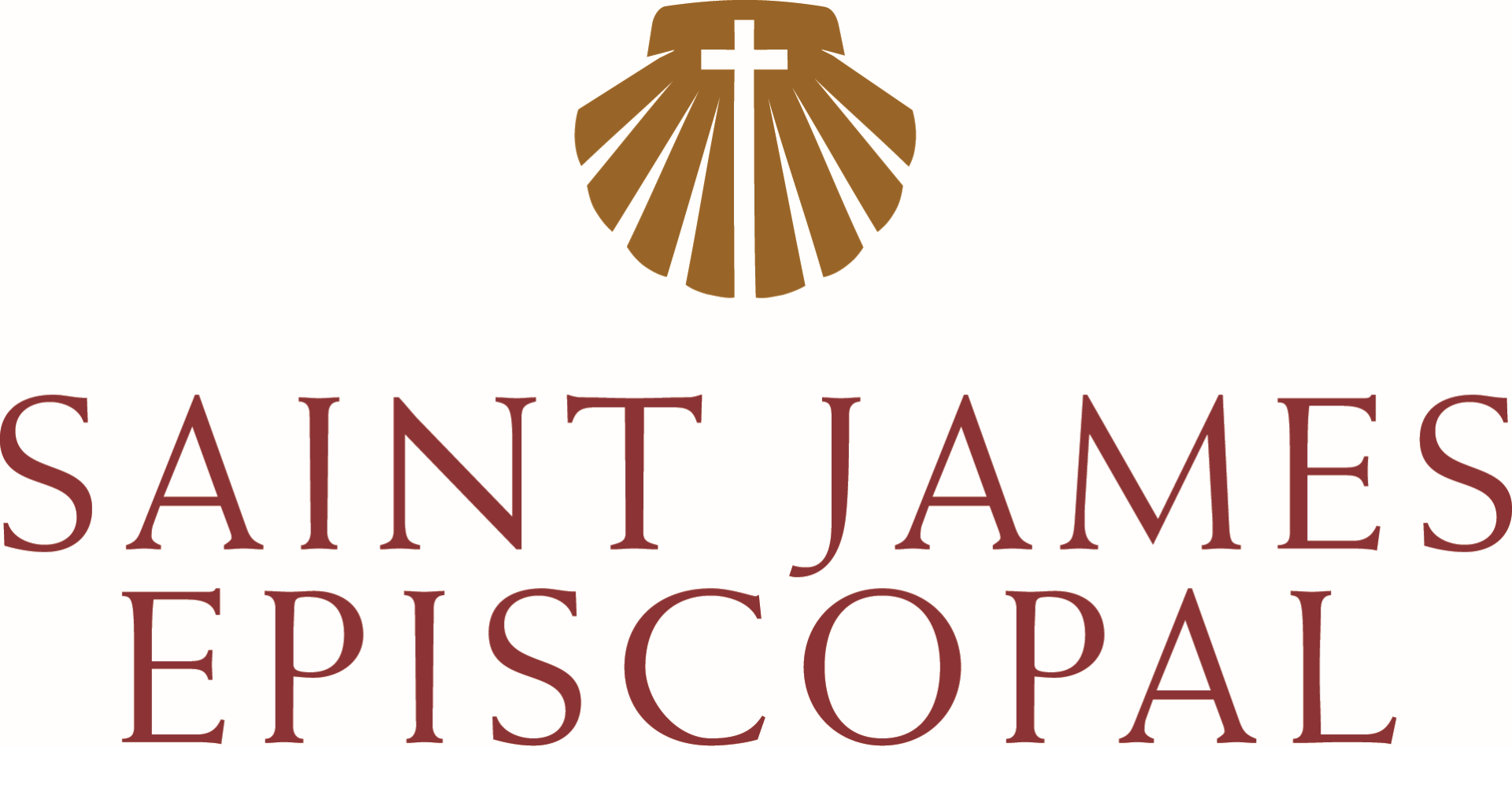
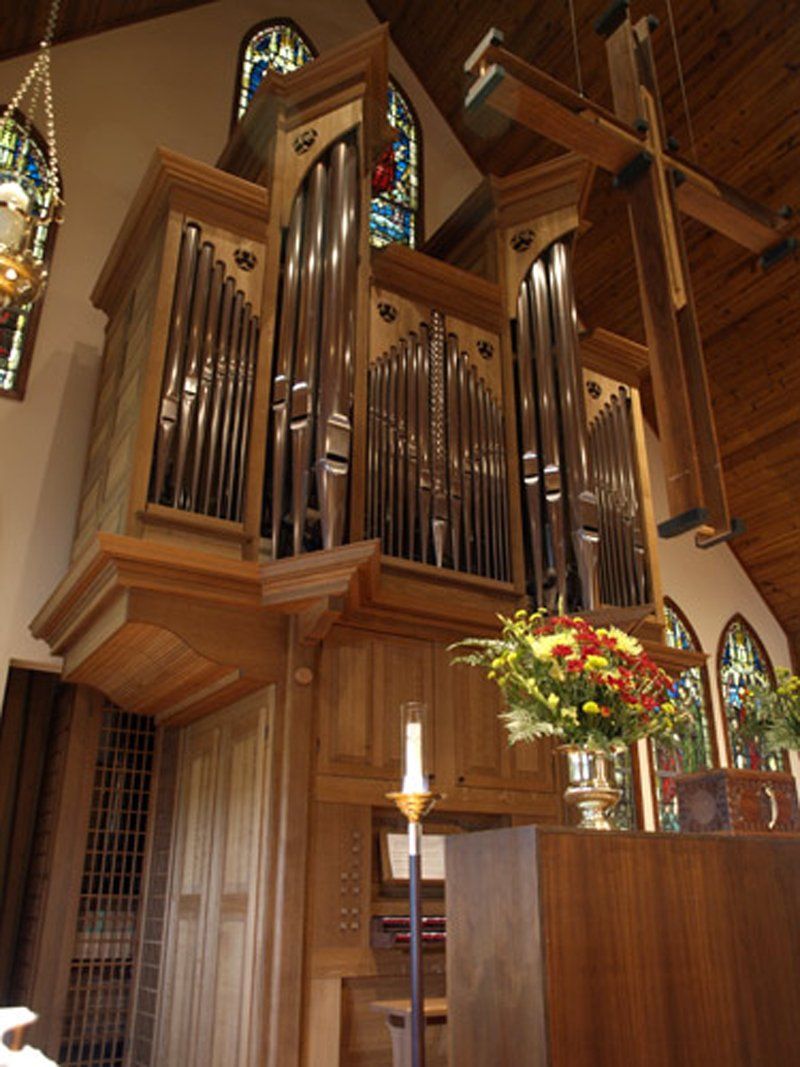
Slide title
Write your caption hereButton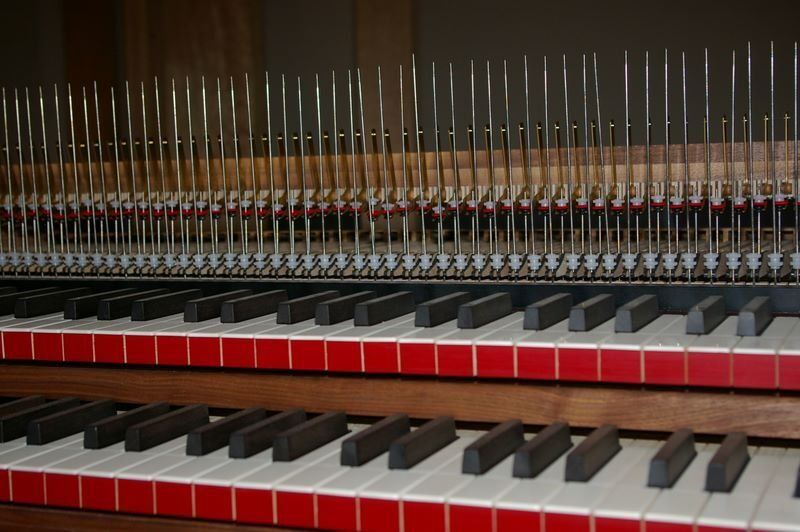
Slide title
Write your caption hereButton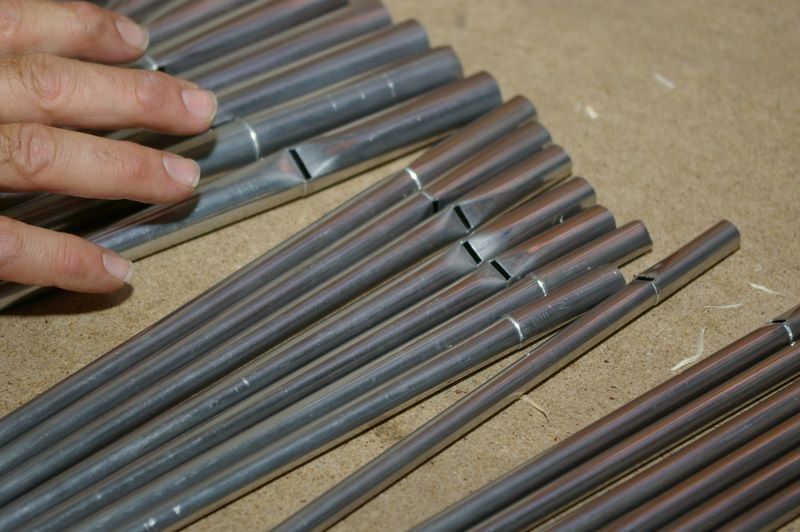
Slide title
Write your caption hereButton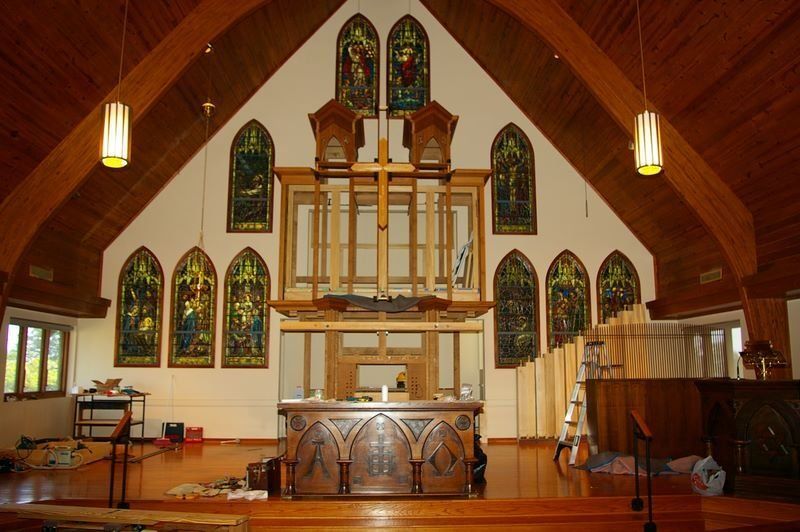
Slide title
Write your caption hereButton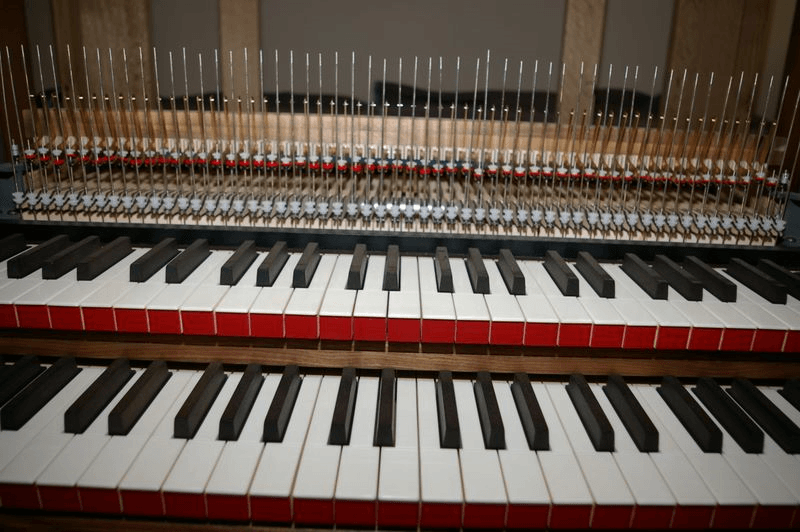
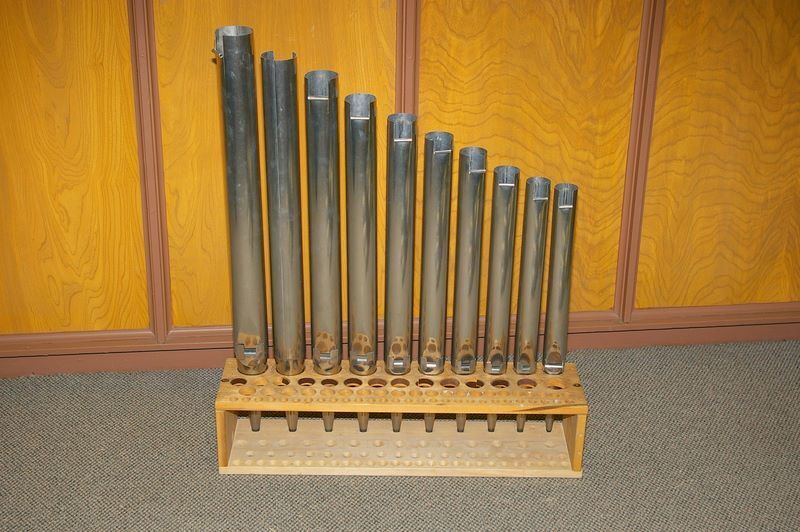
Slide title
Write your caption hereButton
St. James' Gober Organ
(Installed September 2007)
It doesn’t seem that long ago that we were picking our way through stacks of boxes, organ pipes, and pieces of wood that were strung along the halls of the church, yet this year we mark the 8th anniversary of the dedication of our new pipe organ. This project, 20 years in the dreaming and planning, was successfully accomplished with the wide participation of the St. James community, as evidenced by the three large plaques filled with names that are located on the wall of the nave. Many parishioners of St. James worked on various fund-raising projects and as part of the organ committee. In all, more than one half of the parish households donated the funds for the organ. Several parishioners also donated their professional expertise in leadership positions: special thanks go to Jack Pinckney, architect for the space; Al Engelmann, for his financial advice; Martin Darby, stewardship leader, and Charles Tompkins, organ consultant. The Rev’d Gus Boone and The Rev’d Canon Timothy M. Dombek, past Rectors of the parish, provided positive and energetic support for the organ project. The parish organ committee, first headed by Wilma Dingley, and later, by Albert Blackwell, spent much time learning about organs and visiting different instruments. Albert gave countless hours to coordinate the detailed communications between the church, vestry, clergy, architect, electrician, Triangle Construction Company, and Hal Gober, the organbuilder. His never-flagging and organized leadership made the accomplishment of this project a real possibility. But it was the involvement of so many people at so many levels made this project – this dream – a reality.
The builder of our organ, Halbert Gober, began building our organ soon after the contract was signed in June of 2006. By the summer of 2007, the organ had been largely completed in the organbuilding shop located in Elora, Ontario, Canada. It was then dismantled and shipped here, where the congregation assisted in unloading the cases of pipes and various parts of the instrument on Sept. 2, 2007. Some of our parishioners also assisted in the initial setup of the organ case (cabinet).
The next step was the voicing and the tonal finishing of the organ. “Voicing" refers to how the pipes are made to sing, or "given voice." "Tonal finishing" involves the final regulating of the sounds of the pipes. The voicing and tonal finishing were done here, in the nave, so that the sounds of the organ would fit our space. Since each of the 1423 pipes of our organ were individually voiced, this was a substantial part of crafting the organ and required several weeks to complete. Those who assisted Hal Gober in the building of the organ, from the beginning in the Elora shop, to the final voicing here in the nave, were Hendrik Oudshoorn, Denis Roulet, Annerose Schmidt, Matthias Schmidt, Marco Venegoni, Robert Watson, and Darron Wissinger.
About the Builder
Halbert Gober, the Canadian-American organbuilder, is a native of Houston, Texas. Early interests in music and architecture compelled him to go to Germany, where he completed the apprenticeship program in organbuilding at the firm of Georg Jann. Immigrating to Canada in 1981, he voiced 20 organs while employed by organbuilder Karl Wilhelm, Inc. Later, his services as an independent voicer, pipemaker, and designer were in great demand in Canada, the U.S., Germany, and Switzerland. The company then shifted its focus to designing and building fine tracker organs, completing its first organ in 1991. From a team of European-trained artisans in conceiving and building tracker organs distinguished by their visual design and beautiful tone. For more information about the organ and its builder, please visit https://goberorgans.com/projects/st-james-episcopal-church/
Organ Specification – Halbert Gober Organ, 2007
Greenville, SC
The Gober organ at St. James Episcopal Church is a two-manual tracker action instrument with mechanical stop action. It is tuned in Kellner, a well-temperament, which gives a different sound and character to the various major and minor keys. There is not a combination action.
GREAT
Praestant 8’
Stopt Diapason 8’
Octave 4’
Recorder 4’
Fifteenth 2’
Mixture V
Trumpet 8’
SWELL
Chimney Flute 8’
Viola da Gamba 8’
Celeste 8’ tenor C
Principal 4’
Traverso 4’
Nasat 2 2/3’
Fife 2’
Tierce 1 3/5’
Cymbal IV
Oboe 8’
PEDAL
Subbass 16’
Principal 8’
Choralbass 4’
Trombone 16’
Tremulant, normal couplers, available via toe stud only
Suspended action
Mechanical stop action
Key compass 56/30
Key coverings bone and ebony
Modified flat pedalboard
Case of fumed quartersawn white oak in traditional mortise-and-tenon,
frame-and-panel construction; double panels in Swell section of case
Great and Swell on same level in main case; 8' height permits complete basses of 8' stops
including Viola da Gamba and Oboe as well as large swell shutters full width of case
Dimensions: main case, 18ft h x 4 1/2ft d; width 11ft (upper), 6 1/2ft (lower)
pedal (behind), 9ft w x 2 1/2ft d
Contact info
Regular Office Hours
Monday-Friday from 9:00 am -noon
and from 1:00-5:00 pm
Regular Service Times
Sundays
8:00 a.m. Rite I
10:30 a.m. Rite II
Wednesdays
6:30 p.m. Eucharist with
Anointing for Healing